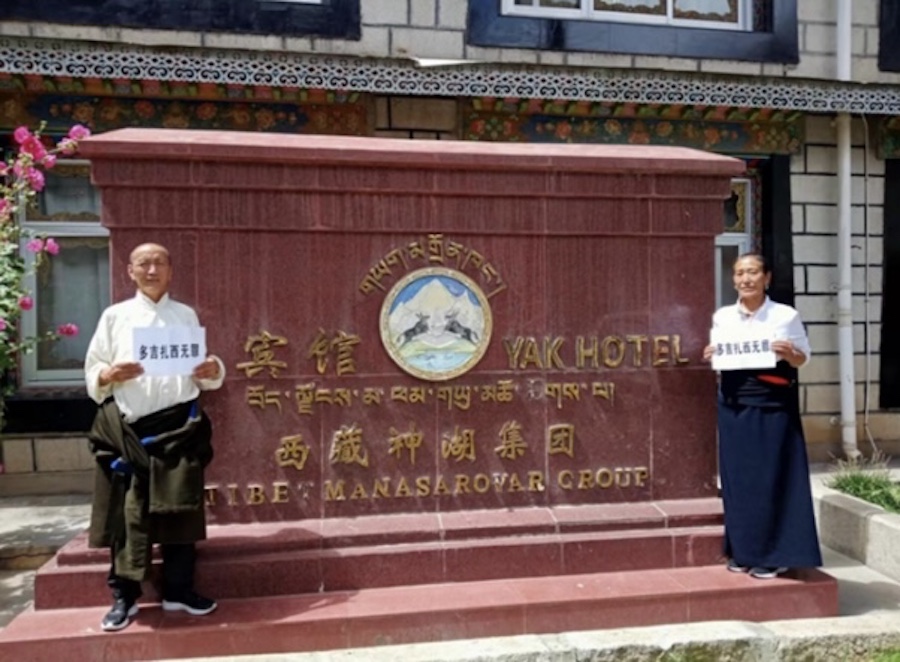 DHARAMSHALA, November 12: The Daharamshala based Central Tibetan Administration in a release Sunday confirmed earlier reports of a self-immolation protest by a young Tibetan, Gonpo Tsering.
DHARAMSHALA, November 12: The Daharamshala based Central Tibetan Administration in a release Sunday confirmed earlier reports of a self-immolation protest by a young Tibetan, Gonpo Tsering.
CTA said Gonpo Tsering, 19, set himself on fire around 2 pm (local time) in Lushoe village in Tsoe region of eastern Tibet on Saturday, November 10.
“As flames consumed his body, he raised slogans demanding freedom for Tibetans and return of His Holiness the Dalai Lama to his homeland,” the release said. “Local Tibetans tried to extinguish the flames, but Gonpo succumbed to his injuries two hours later.”
His body was later taken to his native Kay village, where local Tibetans organised a special prayer service.
Gonpo Tsering did his high schooling in Tsoe and was awarded with many awards, including for best student and excellence in studies. Loved by locals as a “very friendly person,” he used his artistic skills to educate people in his locality.
Gonpo Tsering became the seventh Tibetan to set himself on fire last week, making this the deadliest week since the wave of self-immolation protests began in 2009.
Now, 70 Tibetans have set themselves ablaze, protesting China’s continued occupation of Tibet and demanding the return of His Holiness the Dalai Lama and freedom in Tibet.
The CTA on Sunday organised a grand prayer service at the Tsug-la Khang, the main temple in Dharamshala in solidarity with the Tibetan self-immolators.
Addressing the prayer service, Sikyong Dr Lobsang Sangay said the escalating number of self-immolations reflects the repressive and unbearable situation under Chinese rule, adding that the Tibetan people are passing through one of the “saddest periods in its history.”
He noted that the massive students protest in Rebkong, northeastern Tibet on Friday following two self-immolations in the region in as many days, reflects their “deep resentment against China’s policies to undermine the Tibetan language and cultural identity.”
The de facto Tibetan prime minister reiterated that the “blame and solution for the crisis in Tibet lies squarely with the Chinese government,” while calling on the international media to draw the attention of the world to the “escalating tragic situation in Tibet.”









